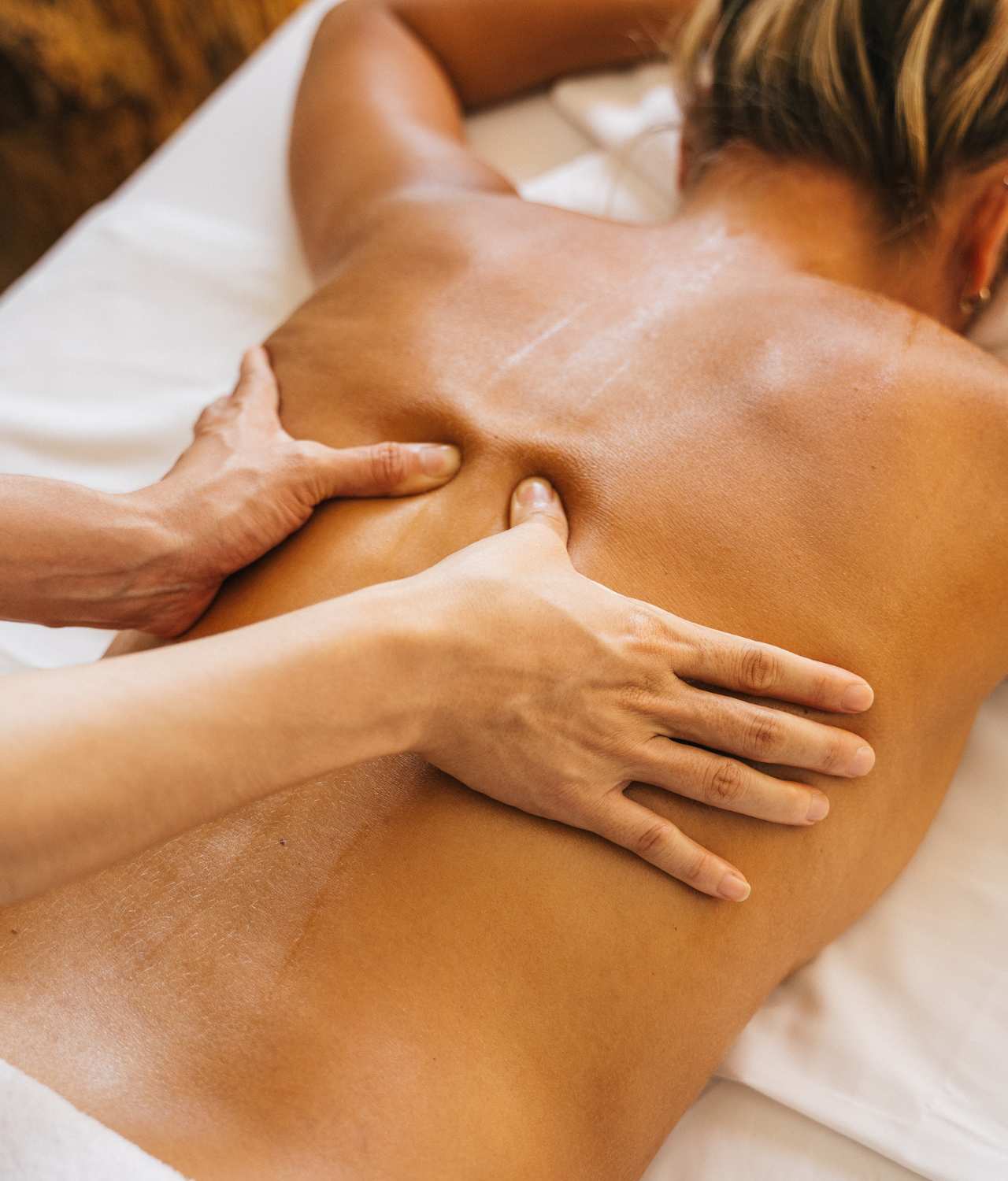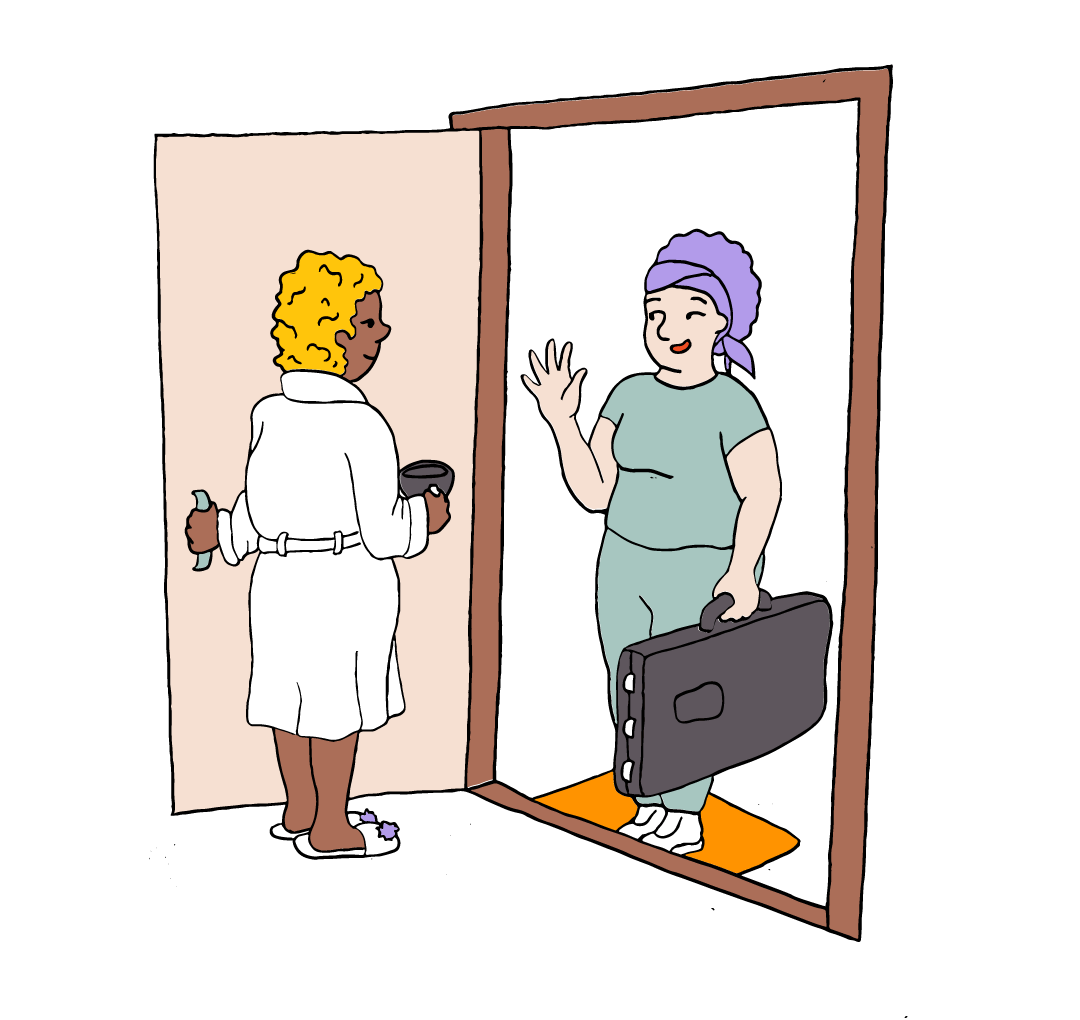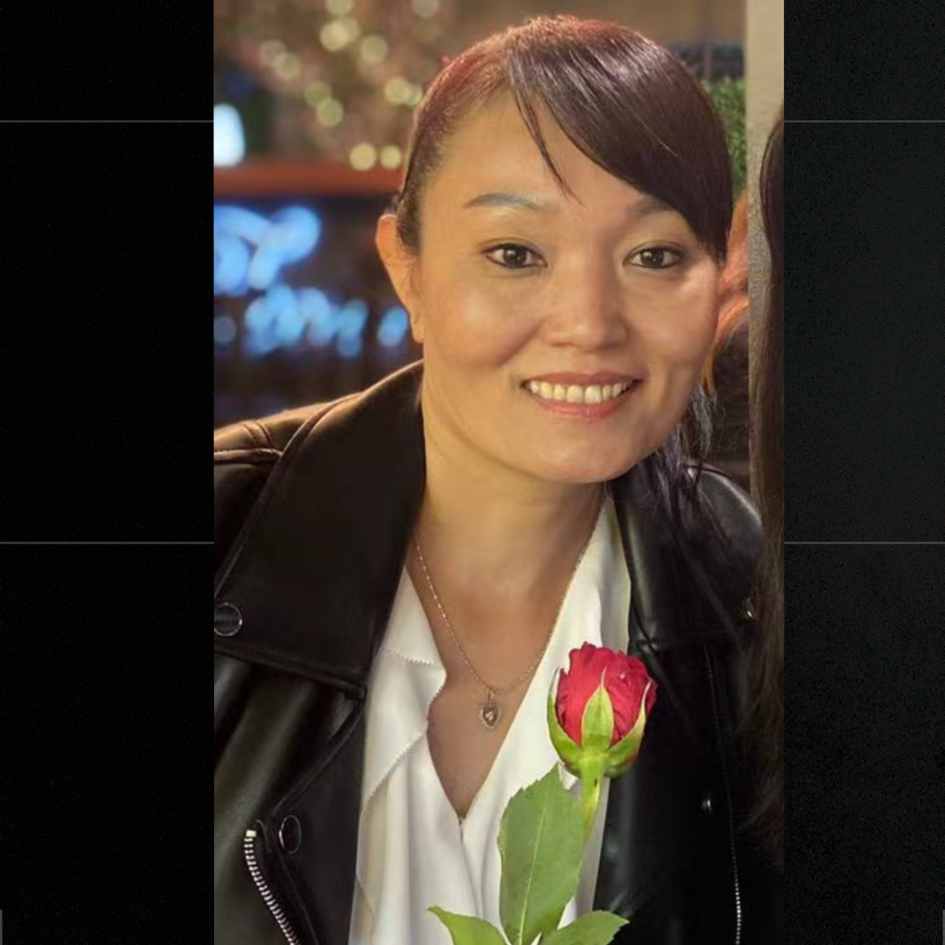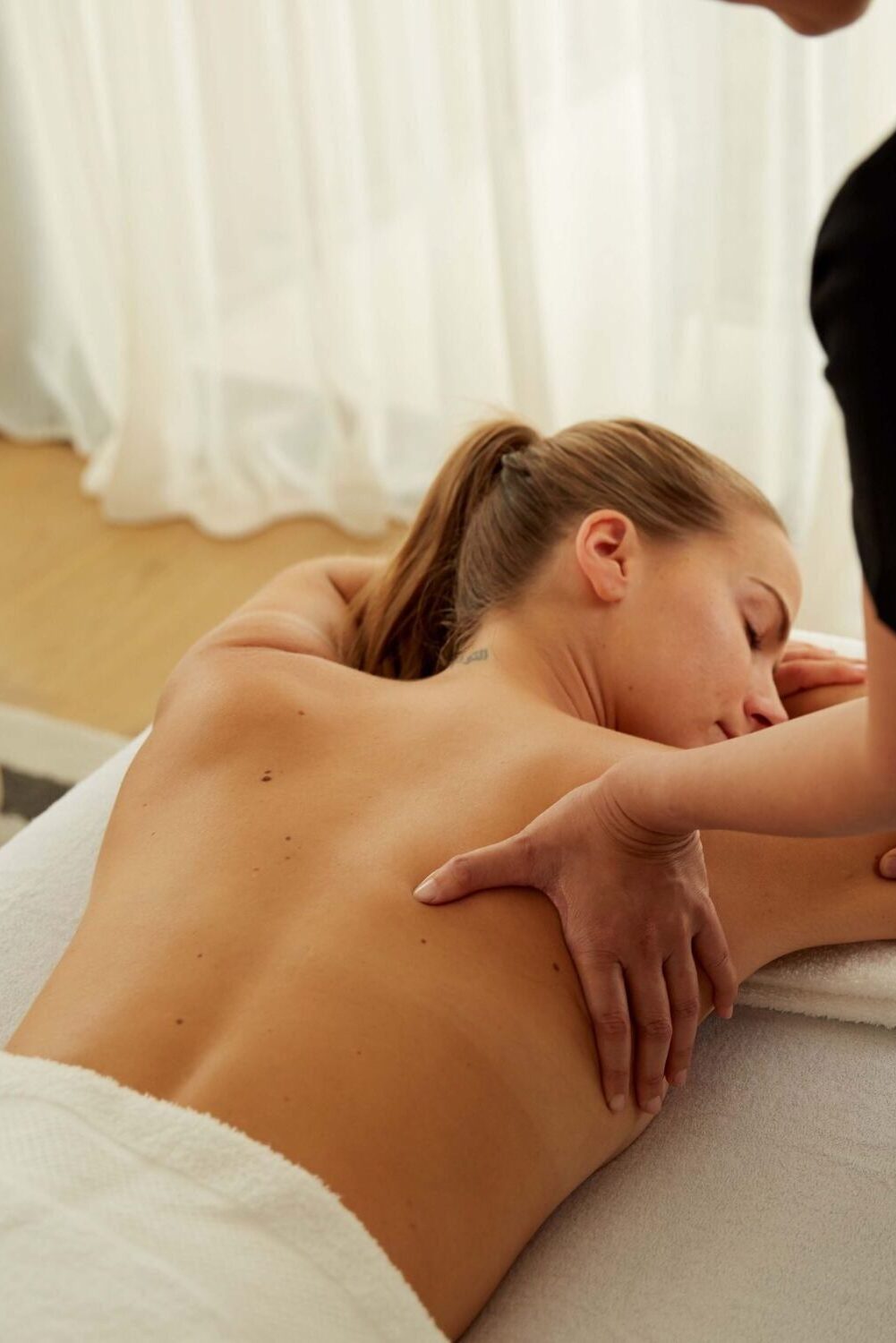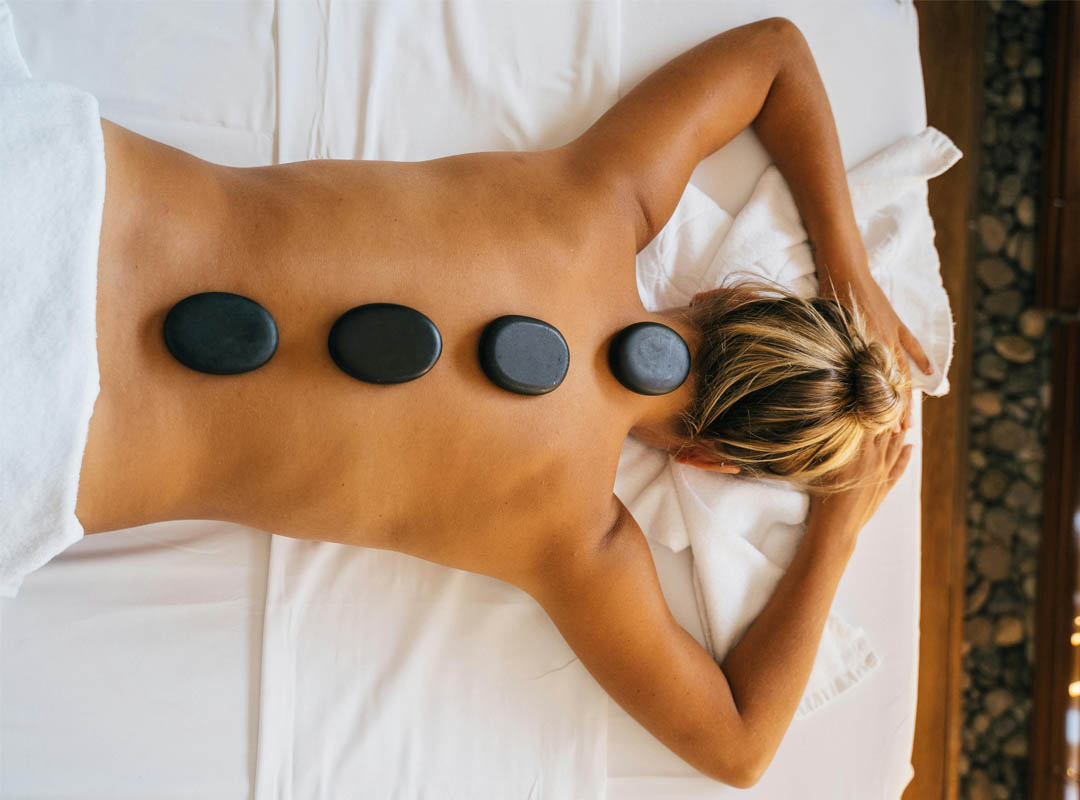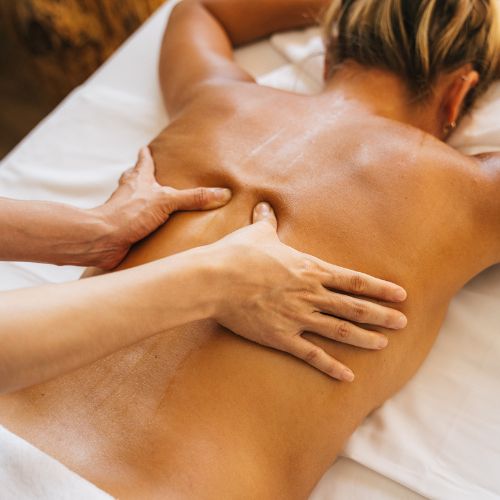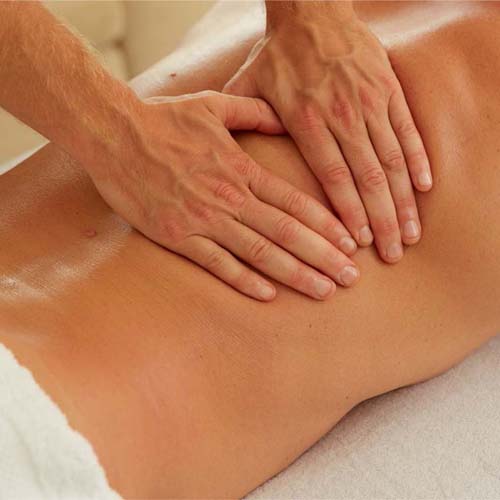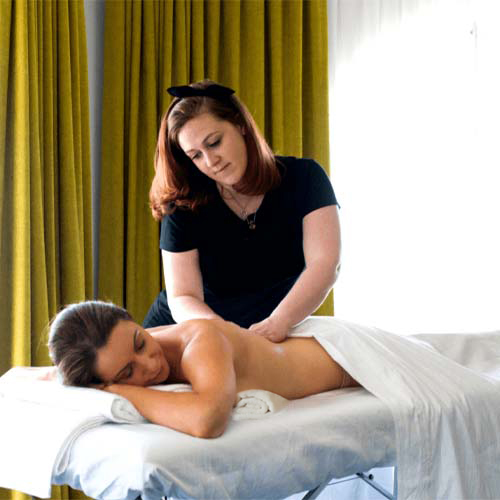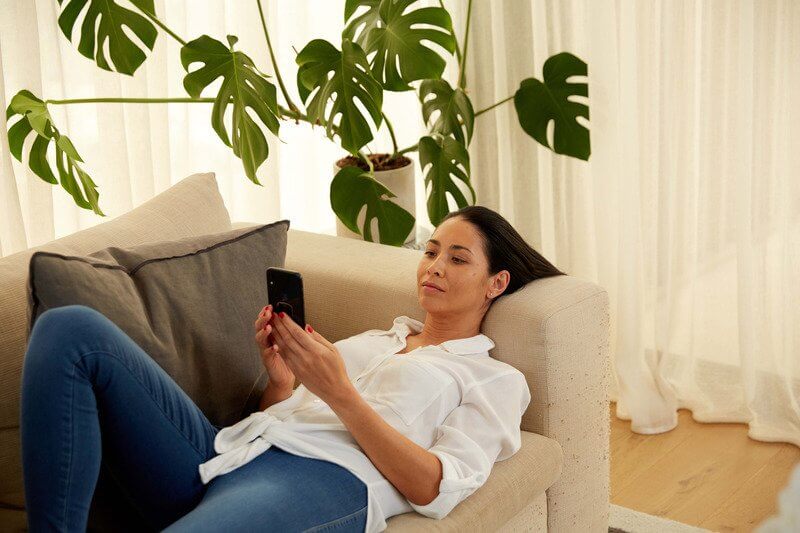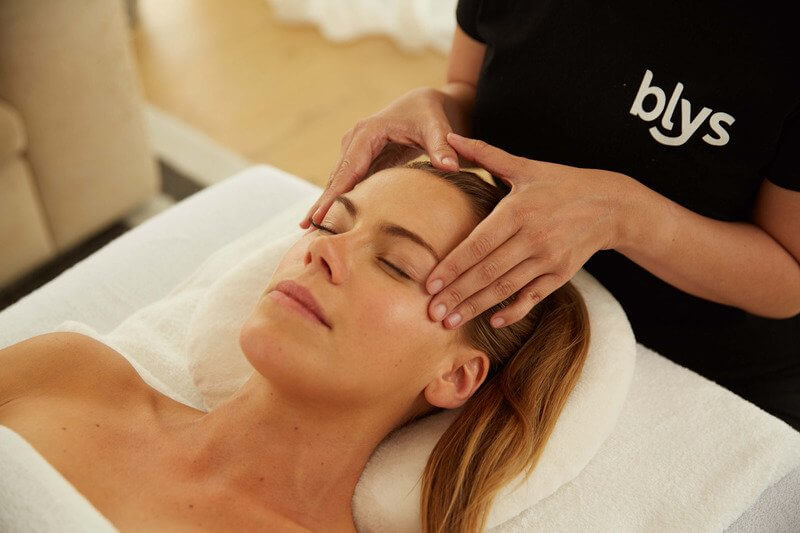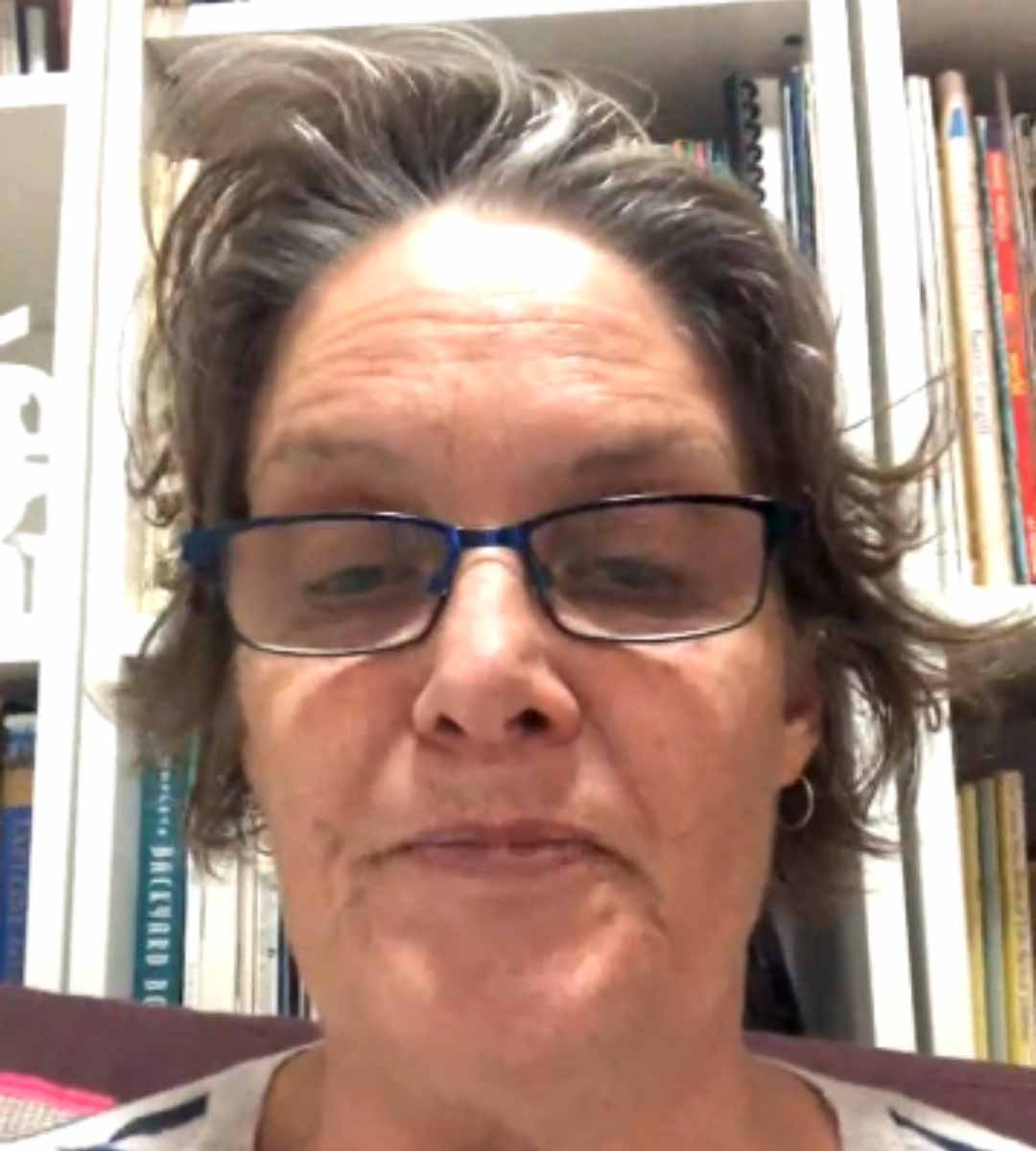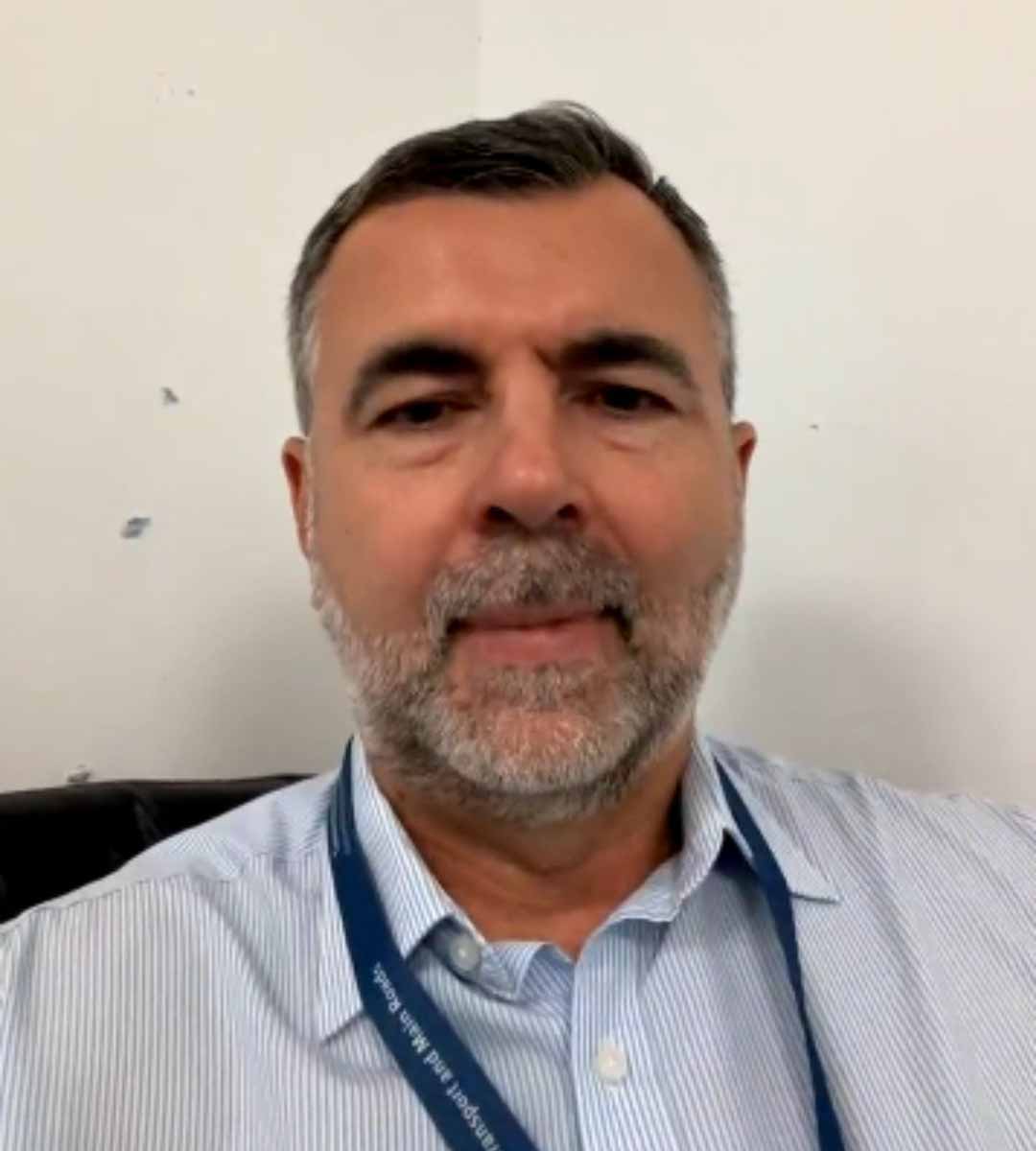Frequently Asked Questions
What is traditional Chinese massage?
Traditional Chinese massage, also called Tui Na, is a holistic bodywork rooted in ancient Chinese medicine. It employs diverse manual techniques to stimulate Qi, balance Yin and Yang, and boost natural healing. Through pressing, kneading, rolling, and stretching, practitioners target soft tissues and acupressure points. This approach relieves tension, improves circulation, and supports well-being.
What is the difference between a traditional Chinese massage and a regular massage?
The main difference between traditional Chinese massage and a regular massage is the techniques used. Chinese massage places heavy emphasis on manipulating pressure points within the body to promote healing and restore balance. While a regular massage primarily focuses on the general manipulation of tissue through stroking techniques.
What happens during a traditional Chinese massage?
During a traditional Chinese massage, your massage therapist will use a combination of hand techniques, acupressure, and stretching to stimulate your body’s meridian points and energy flow. Your therapist may use pressing, kneading, rolling, and tapping movements to release tension and promote relaxation.
Do you wear clothes during a traditional Chinese massage?
This is completely up to you. A traditional Chinese massage can be performed through light loose-fitting clothing. However, if you’d prefer for your massage therapist to use oil then removing clothing from the areas that will be massaged like your back will be needed.
Is acupuncture involved in traditional Chinese massage?
Traditional Chinese massage typically involves acupressure and massage techniques, but it does not involve acupuncture. While both practices stem from traditional Chinese medicine and share similarities in their underlying principles, they are distinct modalities.
Can I contact my massage therapist prior to my appointment?
Absolutely! You can message your massage therapist through the app’s chat function 48 hours before your scheduled time. To do so, navigate to your upcoming bookings, select your appointment, and click ‘massage therapist’. Your therapist can also reach out to you before the session to address any queries and optimize their preparation for your desired outcomes.
Can I choose my massage therapist?
Certainly! To find a massage therapist in your area, visit our provider directory and enter your location and service of your preference in the search bar.
You can then access provider profiles, which includes bios, reviews, and ratings, by clicking on their listing.
When you’ve decided on a therapist, book them by clicking the ‘book’ button on their profile. Should your chosen therapist be unavailable, you’ll have the option to re-schedule or choose another therapist in your area.
How do I choose a traditional Chinese massage therapist?
Through our Provider Directory you can easily search for and view profiles of traditional Chinese massage therapists before placing a booking. The Provider Directory allows you to compare qualifications, reviews, and specialties to find a therapist that suits your needs.
What are the potential benefits of traditional Chinese massage?
The benefits of traditional Chinese massage are numerous. It promotes relaxation, relieves stress, and eases muscle tension. Through acupressure and stretching, it improves blood circulation and triggers natural healing. This holistic approach restores balance, potentially alleviating chronic pain and enhancing overall well-being by targeting acupressure points and optimizing energy flow.
What are people saying about Chinese massage near me?
People’s opinion on Chinese massage near you might differ, but many praise it for it’s relaxation, stress reduction, and alleviating chronic pain.
Traditional Chinese massage is a well-thought massage therapy that gives emphasis on reinstate body and mind, achieving great results.
What to expect from a Traditional Chinese massage?
During a Traditional Chinese massage, expect a therapeutic session that focuses on balancing your body’s energy (Qi) and promoting healing. The therapist will use a combination of techniques like compression, friction, pinching, and joint manipulation. Here’s what you can typically expect:
Focused Pressure: The therapist may apply firm pressure to specific points on your body to target tension and restore energy flow.
Various Techniques: Techniques like compression, friction, and joint manipulation will be used to loosen muscles, increase circulation, and improve flexibility.
Deep Tissue Work: Some parts of the massage may feel intense as the therapist works on deeper layers of muscle, but this is designed to relieve tension.
Energy Balance: The session may involve acupressure or manipulation of energy points to balance your body’s Qi, leaving you feeling rejuvenated and calm.
Sensation of Heat or Warmth: Friction and pressure may create warmth in the muscles, promoting relaxation and circulation.
Expect to leave the session feeling relaxed, with less tension and a restored sense of balance.
What is the difference between Chinese Massage and Remedial Massage?
The difference between Chinese massage and remedial massage lies in their techniques, philosophies, and overall focus. Chinese massage is rooted in Traditional Chinese Medicine (TCM), emphasising the balance of the body’s energy (Qi) and the restoration of harmony. It utilises various techniques, including acupressure, Tui Na, Gua Sha, and cupping, with a strong emphasis on pressure points and energy channels. The primary focus of Chinese massage is on achieving overall energy balance, relieving pain, and reducing stress, while also considering emotional well-being and the interconnectedness of the body’s systems. The approach tends to be less structured and more fluid, adapting to the individual’s energy needs during the session.
On the other hand, remedial massage is based on Western medical principles and is specifically designed to treat musculoskeletal issues and injuries. It employs techniques such as deep tissue massage, trigger point therapy, stretching, and myofascial release, focusing on specific areas of concern. The goal of remedial massage is to alleviate pain, rehabilitate injuries, and restore mobility and function to particular muscle groups. This approach is more structured and assessment-driven, often starting with an evaluation of the client’s specific needs and conditions.
Overall, while Chinese massage emphasises energy balance and holistic well-being, remedial massage focuses on addressing specific physical ailments and injuries, with each offering unique benefits to cater to different preferences and health goals.
Is Chinese massage good for back pain?
Yes, Chinese massage can be effective for back pain due to its usage of different therapeutic techniques. By applying targeted pressure through methods such as compression and acupressure, it alleviates pain and reduces muscle tension in the back. The massage also promotes improved circulation, enhancing blood flow to affected areas, which aids in healing and reduces inflammation.
Additionally, the combination of relaxation techniques helps to ease tight muscles and stiffness, providing further relief from discomfort. However, it is advisable to consult a healthcare professional to ensure this treatment is suitable for your specific condition.
Is Chinese massage safe?
Yes, Chinese massage is generally safe for most people when performed by a qualified and experienced therapist. However, like any form of bodywork, there are some considerations to keep in mind:
Medical Conditions: If you have existing medical conditions (such as fractures, severe osteoporosis, or skin conditions) or are pregnant, it’s essential to consult with a healthcare professional before undergoing treatment.
Individual Sensitivity: People may respond differently to massage; some may experience temporary soreness after the session, especially if deep pressure techniques are used. Communicating with the therapist about your comfort level can help mitigate this.
Contraindications: Certain conditions, such as fever, infections, or acute injuries, may require you to avoid massage until they resolve.
Overall, when conducted appropriately, Chinese massage can be a beneficial and safe option for promoting relaxation, reducing pain, and enhancing overall well-being. However, remember to always consult with a healthcare professional if you have concerns or specific health issues.
How do you prepare for a Chinese Massage?
To prepare for a Chinese massage, wear loose, comfortable clothing and ensure you are well-hydrated to help flush out the toxins released during the massage. It’s also beneficial to discuss any specific concerns or areas of focus with the therapist in advance to ensure a tailored experience.
Additionally, it’s best to avoid heavy meals and alcohol prior to the appointment for maximum comfort. With Blys, you can enjoy the convenience of mobile Chinese massage services, bringing the healing experience directly to your home for ultimate relaxation.
